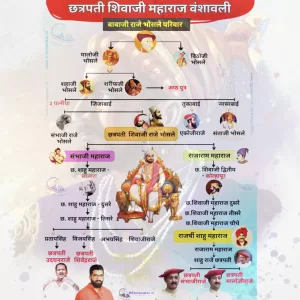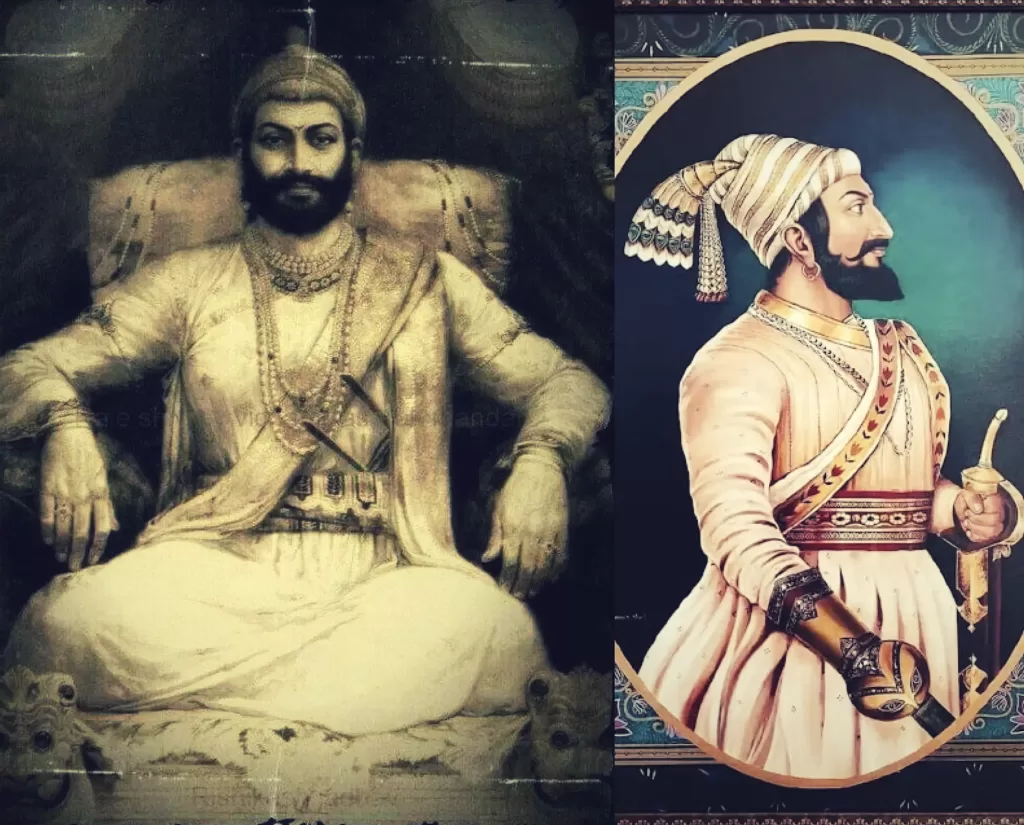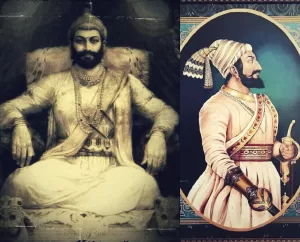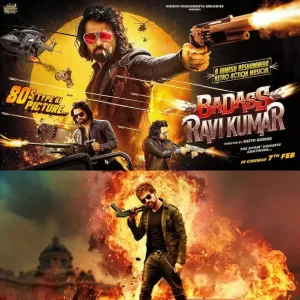Chhatrapati Shivaji Maharaj Jayanti
Chhatrapati Shivaji Maharaj Jayanti is celebrated on February 19 every year to honor the birth anniversary of Chhatrapati Shivaji Maharaj, the founder of the Maratha Empire. He was born in 1630 at Shivneri Fort in Maharashtra and is remembered for his exceptional leadership, military strategies, and administrative skills.
Significance of Shivaji Jayanti
- Celebrates the legacy of Shivaji Maharaj, a visionary ruler who fought against Mughal rule and established Swarajya (self-rule).
- Highlights his contributions to fortification, navy, guerrilla warfare, and governance.
- Recognizes his role in fostering religious tolerance, justice, and progressive policies.
How is it Celebrated?
- Grand processions and cultural programs in Maharashtra.
- Speeches, dramas, and events showcasing his life and achievements.
- Tributes at Shivaji statues and forts.
- Enthusiastic participation in schools, colleges, and political circles.
Shivaji Maharaj Quotes in Marathi
- “लोहा गरम असताना आघात करावे.” (Strike while the iron is hot.)
- “स्वराज्य हा माझा जन्मसिद्ध हक्क आहे आणि तो मी मिळवणारच!” (Swarajya is my birthright, and I shall have it!)
- “शत्रू कितीही बलाढ्य असला तरी त्याला जिंकण्याचा आत्मविश्वास ठेवा.” (No matter how strong the enemy is, have confidence in your victory.)
- “एकदा निर्धार केला की मागे फिरायचे नाही.” (Once you are determined, never turn back.)
How Shivaji Jayanti is Celebrated:
- Grand processions (Shobha Yatra): People dress up as warriors and celebrate with dhol-tasha and lezim performances.
- Floral tributes at statues and forts like Raigad, Pratapgad, and Shivneri Fort.
- Cultural events, street plays, and speeches narrating his bravery and leadership.
- Social and educational programs highlighting his governance and ideals.
Chhatrapati Shivaji Maharaj: A Historical Overview (1630 – 1680)
Chhatrapati Shivaji Maharaj, born in 1630, emerged as one of the most emblematic leaders in Indian history. His life, a tapestry of valor and strategy, reflects the spirit of resistance against oppression and the fervent quest for establishing a sovereign state in the face of formidable adversaries.
Born to Shahaji Bhosale and Jijabai, Shivaji’s early childhood was marked by the influence of his mother, who instilled in him the values of justice and the importance of a strong national identity. His formative years occurred in the rugged, hilly terrains of western India, which would later serve as his refuge and battleground.
Torna Fort and Raigad
In 1645, at 15, Shivaji captured the Torna Fort, marking the beginning of a series of military campaigns that would establish his reputation as a skilled commander. His innovative strategies, which included guerrilla warfare, allowed him to mobilize the support of local populations and gain an upper hand against the larger and more established Mughal forces.
By 1674, after years of relentless struggle, Shivaji was crowned as the Chhatrapati of the Maratha Kingdom in Raigad, signifying the formal acknowledgment of his sovereignty. This event was not merely a personal triumph; it symbolized the unification of the Maratha people under a common cause—a movement striving for independence and justice.
Shivaji Maharaj’s reign was characterized by progressive administration, religious tolerance, and a focus on the welfare of his subjects. He implemented various reforms, strengthening the economy and establishing a naval force, which was crucial in protecting the western coastline from foreign powers and pirates.
Despite facing numerous challenges, including conflicts with the Mughals and rival kingdoms, Shivaji’s indomitable spirit inspired his warriors and the common people alike. His commitment to the principles of dharma (righteousness) and swaraj (self-rule) endeared him to his subjects, solidifying his legacy as one of the greatest leaders in Indian history.
Shivaji’s life was tragically cut short when he passed away in 1680. However, his legacy continued to thrive long after his death, ultimately fostering the emergence of a more formidable Maratha Empire that played a pivotal role in shaping the historical landscape of India.
Through his courage, leadership, and vision, Chhatrapati Shivaji Maharaj remains a symbol of resistance and a source of inspiration for generations to come. His remarkable journey from a young warrior to a revered king illustrates not only his achievements but also the enduring aspirations of the Indian people toward self-determination and justice.
War and Victory of Chhatrapati Shivaji Maharaj
Chhatrapati Shivaji Maharaj, a monumental figure in Indian history, is renowned for his formidable military prowess and strategic ingenuity. Throughout his illustrious reign in the 17th century, he fought many significant wars, establishing himself as a symbol of resistance against oppression and a champion of the Maratha Empire.
Shivaji Maharaj engaged in more than 30 notable battles, each exemplifying his exceptional tactical skills and unyielding spirit. Among these were key conflicts like the Battle of Sinhagad, where he demonstrated not only bravery but also astute military strategies that would forever be etched in the annals of history.
His most prominent victories include the taking of Torna Fort, the battle against Bijapur Sultanate forces, and the successful tactical maneuvering at the Battle of Kolhapur. In summary, Chhatrapati Shivaji Maharaj engaged in a series of strategic campaigns, securing numerous victories that significantly contributed to the rise of the Maratha Empire and laid the foundation for future resistance against external dominance. His legacy of valor and leadership continues to inspire generations, serving as a profound reminder of the strength found in the united purpose of a people.
Chhatrapati Shivaji Maharaj Mother’s Name –
The mother of Chhatrapati Shivaji Maharaj was Rajmata Jijabai , also known as Jijau or Jijabai Bhosale. She was born on January 12, 1598, in Sindkhed Raja, Maharashtra, and was the daughter of Lakhuji Jadhav and Mahalsabai Jadhav.
Married to Shahaji Bhosale, Jijabai played a crucial role in shaping Shivaji Maharaj’s character and vision. Through stories from epics and folklore, she instilled in him the values of courage, strategic thinking, and devotion to Dharma. She passed away on June 17, 1674, shortly after Shivaji’s coronation. Her legacy continues to inspire generations, with institutions like the Veermata Jijabai Technological Institute (VJTI) in Mumbai named in her honor.

Chhatrapati Shivaji Maharaj Family –
Chhatrapati Shivaji Maharaj, the founder of the Maratha Empire, hailed from the Bhonsle dynasty. Here’s a concise overview of his immediate family:
Parents:
- Father: Shahaji Bhonsle
- Mother: Jijabai
Siblings:
- Brothers: Sambhaji Shahaji Bhosale, Vyankoji Bhosale Santaji Bhonsle
Wives and Children:
- Saibai Nimbalkar: Mother of Chhatrapati Sambhaji Maharaj
- Soyarabai Mohite: Mother of Chhatrapati Rajaram Maharaj
- Putalabai, Sakwarbai, Kashibai, Sagunabai, Laxmibai, Gunvantabai: Other consorts
Chhatrapati Shivaji Maharaj Born: 19 February 1630, Shivneri Fort, Kusur
Chhatrapati Shivaji Maharaj Died: 3 April 1680 (age 50 years), Raigad Fort
Read More –
Know More About BTS; Billie Eilish; Cristiano Ronaldo; Lionel Messi; IIFA 2024 Winner List; Taylor Swift; History of Indian Classical Music;
About Sufiyana Music Production
Welcome to Sufiyana Music Production, your gateway to the vibrant world of Hindi music creation!
We’re a passionate collective exploring the artistry behind every note, inviting you on a rhythmic journey through our musical universe
► Sufiyana Music is a music label on YouTube that showcases all the latest Hindi songs. Enjoy and Stay connected with us!!
Social Media Link:-
Website:- https://sufiyanamusicproduction.com
Facebook:- https://www.facebook.com/Sufiyanamusic/
Instagram:- https://www.instagram.com/sufiyanamusic/






